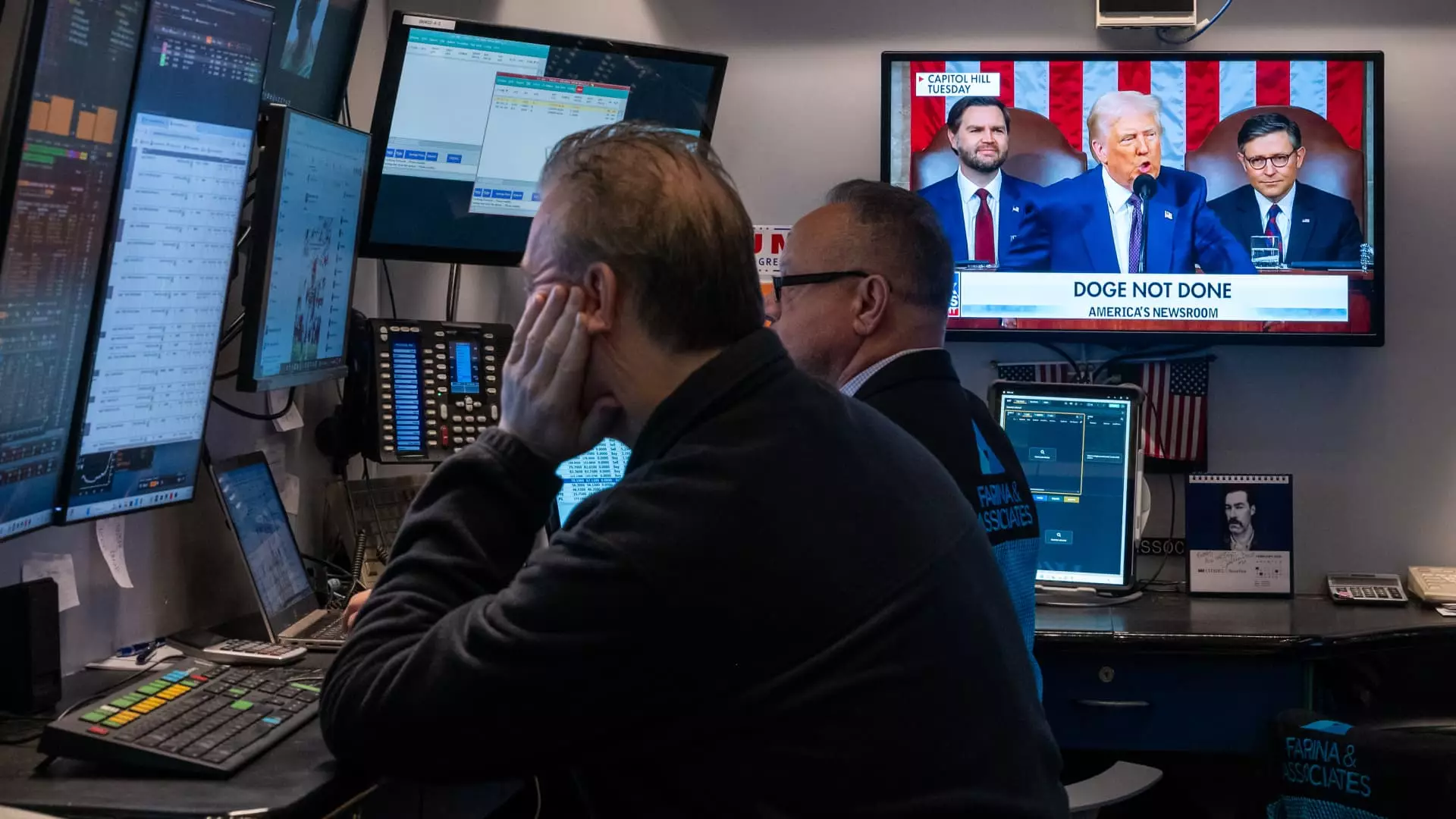In times of financial volatility, savvy investors instinctively seek shelter, turning their portfolios towards options that promise a buffer against market downturns. Goldman Sachs Asset Management has responded to this need with their launch of the Goldman Sachs U.S. Large Cap Buffer 3 ETF—a product designed to shield investors while still enabling some degree of growth. This strategic pivot recognizes the broader landscape of investor sentiment. With increasing global tensions, fluctuating trade policies, and the ongoing uncertainty surrounding major economic indices, the introduction of such financial instruments is not merely timely; it is essential.
Understanding Buffer ETFs: A Dual-Edged Sword
Buffer ETFs are engineered to provide protection within defined limits. Specifically, they aim to cushion investors from losses between 5% and 15% while still offering exposure to market upside of approximately 5% to 7%. This concept alone deserves scrutiny. While these products may seem appealing, especially to the risk-averse, it’s crucial to grasp that the very structure of these investments relies on mathematical modeling and historical performance, and past success does not guarantee future results. Investors ought to tread carefully, scrutinizing these products to ensure that their strategic goals align with the inherent limitations of buffer structures.
The Value of Historical Precedents
Bryon Lake, Goldman Sachs’ chief transformation officer, draws upon historical frameworks to tout the efficacy of buffer approaches. Established strategies can indeed offer a template for resilience in turbulent times. However, investors must question whether historical performance remains relevant in today’s rapidly evolving economic landscape. Factors such as digital disruption, realigning global manufacturing, and climate change are reshaping risk profiles, and these influences cannot be understated. Betting solely on historical precedents might leave investors vulnerable to unprecedented market dynamics.
The Psychological Underpinnings of Investment Choices
The psychological aspect of investing cannot be dismissed. The current climate fosters anxiety among many investors due to fluctuating markets and geopolitical tensions. Emotional decisions can lead to poor long-term choices, accentuating the appeal of buffer products for those seeking peace of mind. However, it is critical for investors to reflect on the longevity of their strategies: are they settling for immediate comfort at the expense of their overall financial health? The challenge remains to stay informed and vigilant rather than succumbing to fear-driven inertia.
Confronting Market Realities with a Balanced Approach
In considering investment strategies, it’s essential to adopt a balanced approach. Investors must weigh the potential benefits of products like the Goldman Sachs U.S. Large Cap Buffer 3 ETF against the realities of market dynamics. While the protection offered by buffer ETFs can serve as a good starting point for more cautious investors, eschewing aggressive growth strategies might yield long-term losses. The key is understanding that while protection is important, growth should not be neglected.
As the markets continue to experience turbulence, investors must navigate their financial paths with both caution and ambition, balancing the allure of safety with the pursuit of meaningful growth.

